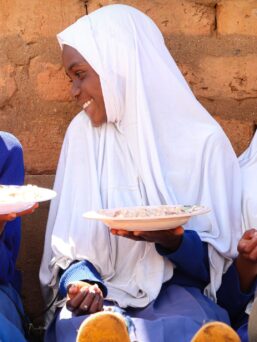Earlier this summer, the Alliance for Child Protection in Humanitarian Action (ACPHA) alongside the Global Case Management Task Force published a Quality Assessment Framework (QAF). The QAF was developed to enable child protection actors to assess how a particular case management system (either within an organization or as an inter-agency/national case management system) operates and functions, and by extension how it can be improved. This includes the practice of case management – that is how case management is implemented in the field and the quality with which this is done. In relation to Results-Based Protection, the framework incorporates continuous context-specific analysis as it focuses on a detailed understanding of the protection risk being addressed and encourages frequent reviews to adjust an organization’s response.
To note, for the purpose of this framework, case management is defined in the Guidelines on Case Management and Child Protection (2014) as:
a way of organising and carrying out work to address an individual child’s (and their family’s) needs in an appropriate, systematic and timely manner, through direct support and/or referrals, and in accordance with a project or programme’s objectives.
What does the QAF entail?
The QAF is comprised of a number of linked tools and resources which include:
- An Introduction to and a Guidance on the QAF,
- The Case Management Quality Assessment Framework (QAF) and tool for assessment/planning of the case management response and the case management system in which it operates,
- An Action Plan Template designed to facilitate the planning of key actions to be taken in order to strengthen the case management response and system (based on findings from the QAF and by using the Change Grid as a reference),
- A Change Grid that provides a reference for suggested actions to be taken in order to strengthen the case management response and system,
- A resource of Data Collection Tools which can be used to assess the different dimensions in the QAF,
- and a Summary Report Template
A key aspect of the QAF is assessment design and data collection. In order to inform the quality assessment, data on the case management response and the system will need to be collected. The QAF provides a collection of tools that can be used to assess the different dimensions of the QAF. These tools were not designed to be generalized but to be contextualized for use. For example, the Caseworkers FGD tool includes a question asking caseworkers about the main protection issues in their specific context based on their experience as a caseworker. Also in the case scenario of the FGD, the tool also advocates for developing a case scenario that is ‘typically’ encountered in the context that it’s being applied. Adequate context-specific analysis will help create an action plan that strengthens the case management response system.
Following the data collection, analysis, and action planning, the QAF concludes with a summary report template to regularly review progress of implementation. The template consists of providing context overview, summary of QAF findings, key actions for improvement, and concluding observations. The report shouldn’t be exhaustive but should allow for effective continuous review.
To carry out continuous context-specific protection analysis, it is important that organizations develop their staff skills in critical thinking and analysis. The QAF notes this, and thus as one of its dimensions for assessment calls for organizations to determine whether caseworkers and supervisors have the necessary competencies, skills, and experience to conduct casework in a competent and appropriate manner and whether they are sufficiently supported to do so by their organization. The QAF outlines 4 ways to understand its staff capacity.
- Safeguarding and do no harm
- Competencies, skills and experience
- Capacity building
- Supervision and coaching.
Ensuring staff are adequately equipped with the necessary skills is critical to case management.
One size does not fit all. As a result, the QAF which incorporates continuous-context specific analysis will lead to effective case management that does not spend time and resources on solutions that do not work or potentially do more harm.



